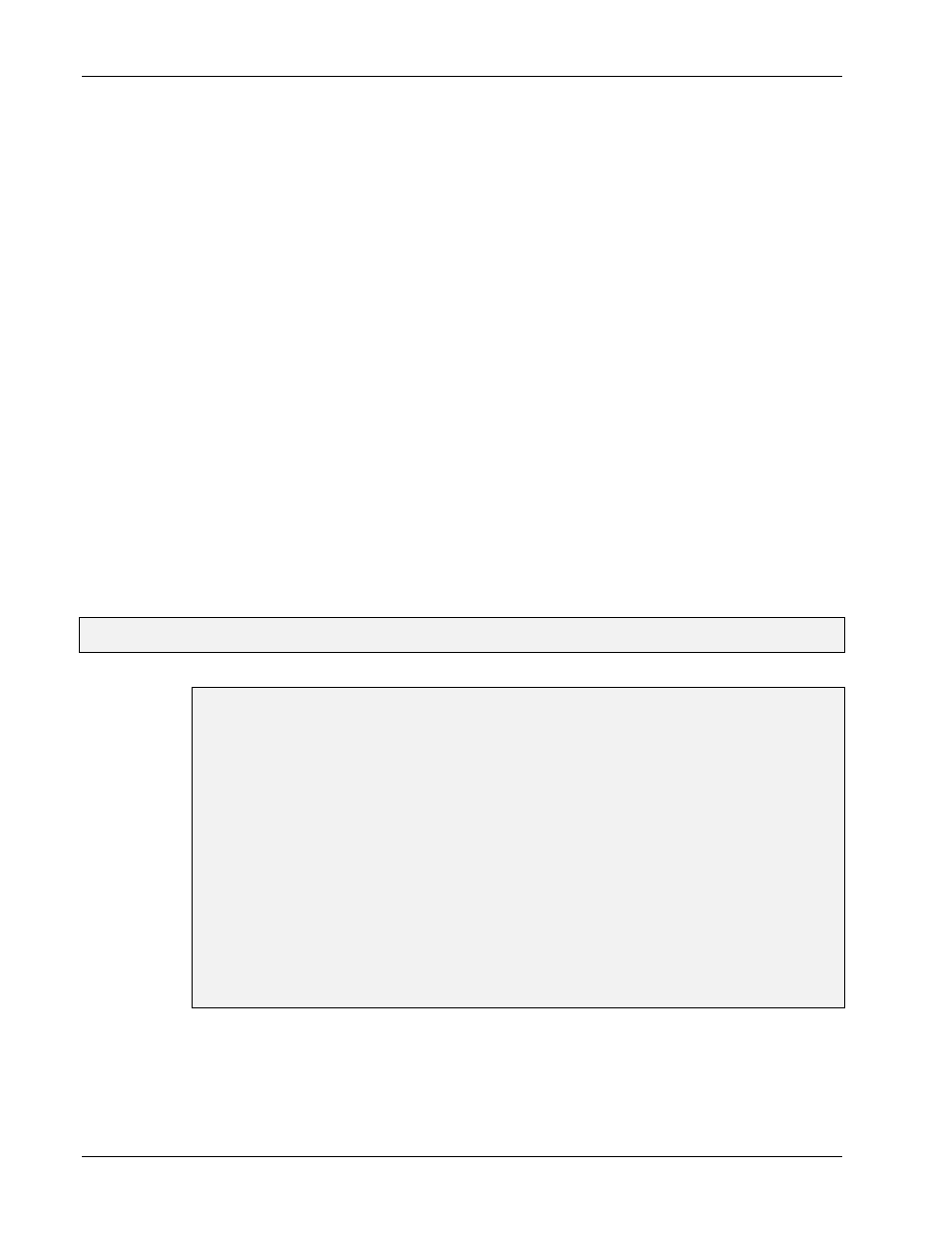Other languages, 8k. other languages – Measurement Computing Personal488 rev.3.0 For DOS & Windows 3.Xi User Manual
Page 111

8J. Spreadsheets
II. SOFTWARE GUIDES - 8. Driver488/DRV
II-96
Personal488 User’s Manual, Rev. 3.0
{READLN ST195}
{LET ST195,@VALUE(@MID(ST195,0,@LENGTH(ST195)-1))}~
{IF DIO7}{BRANCH 195SRQ}
{BEEP}{GETLABEL “Non-195 SRQ detected! Press Return.”,TypeHere}
{RESTART}{RETURN}
195SRQ:
{IF DIO6}{BRANCH 195ERR}
{IF DIO5}{BEEP}
{GETLABEL “195 Status: BUSY. Press Return.”,TypeHere}
{IF DIO4}{BEEP}
{GETLABEL “195 Status: READING DONE. Press Return.”,TypeHere}
{IF DIO3}{BEEP}
{GETLABEL “195 Status: BUFFER 1/2 FULL. Press Return.” TypeHere}
{IF DIO2}{BEEP}
{GETLABEL “195 Status: BUFFER FULL. Press Return.”,TypeHere}
{IF DIO1}{BEEP}
{GETLABEL “195 Status: OVERFLOW. Press Return.”,TypeHere}
{RETURN}
195ERR:
{IF DIO5}{BEEP}
{GETLABEL “195 Status: FAILED SELFTEST. Press Return.”,TypeHere}
{IF DIO4}{BEEP}
{GETLABEL “195 Status: TRIGGER OVERRUN. Press Return.”,TypeHere}
{IF DIO3}{BEEP}
{GETLABEL “195 Status: NO REMOTE. Press Return.”,TypeHere}
{IF DIO2}{BEEP}
{GETLABEL “195 Status: ILLEGAL COMMAND. Press Return.”,TypeHere}
IF DIO1}{BEEP}
{GETLABEL “195 Status: ILLEGAL COMMAND OPTION. Press
Return.”,TypeHere}
{RETURN}
Introduction
Driver488/DRV is compatible with virtually every MS-DOS programming language. If you wish to
use Driver488/DRV with a language that is not covered in this chapter, try the following:
8K. Other Languages
Topics
•
Introduction......................................................................................... 95
•
Finding Addresses .............................................................................. 96
Garbage Collection ............................................................................................97
Memory Models....................................................................................................97
Calling Protocols................................................................................................98
•
Opening & Closing the Driver ......................................................... 99
•
I/O Control (IOCTL) Communication........................................... 100
IOCTL Get & Set Device Data.........................................................................100
IOCTL Read & Write ........................................................................................100
•
Data & Command Communication ............................................... 101
•
ARM Condition Detection............................................................... 102
•
Sample Program ............................................................................... 102
